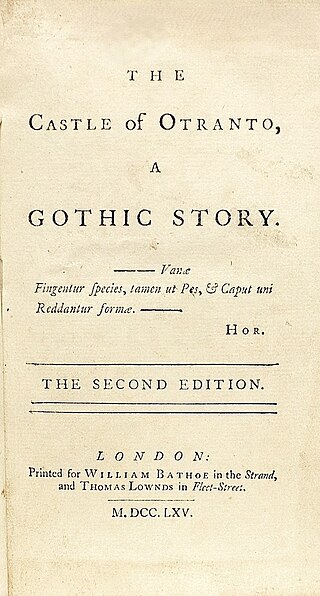
Gothic fiction, sometimes called Gothic horror, is a loose literary aesthetic of fear and haunting. The name refers to Gothic architecture of the European Middle Ages, which was characteristic of the settings of early Gothic novels.

Horror is a genre of speculative fiction that is intended to disturb, frighten, or scare. Horror is often divided into the sub-genres of psychological horror and supernatural horror, which are in the realm of speculative fiction. Literary historian J. A. Cuddon, in 1984, defined the horror story as "a piece of fiction in prose of variable length ... which shocks, or even frightens the reader, or perhaps induces a feeling of repulsion or loathing". Horror intends to create an eerie and frightening atmosphere for the reader. Often the central menace of a work of horror fiction can be interpreted as a metaphor for larger fears of a society.
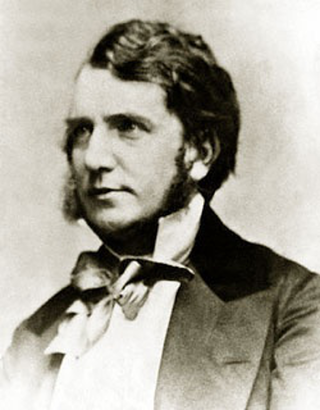
Joseph Thomas Sheridan Le Fanu was an Irish writer of Gothic tales, mystery novels, and horror fiction. He was a leading ghost story writer of his time, central to the development of the genre in the Victorian era. M. R. James described Le Fanu as "absolutely in the first rank as a writer of ghost stories". Three of his best-known works are the locked-room mystery Uncle Silas, the vampire novella Carmilla, and the historical novel The House by the Churchyard.

The Case of Charles Dexter Ward is a short horror novel by American writer H. P. Lovecraft, written in early 1927, but not published during the author's lifetime. Set in Lovecraft's hometown of Providence, Rhode Island, it was first published in the May and July issues of Weird Tales in 1941; the first complete publication was in Arkham House's Beyond the Wall of Sleep collection (1943). It is included in the Library of America volume of Lovecraft's work.

James John Herbert, OBE was an English horror writer. A full-time writer, he also designed his own book covers and publicity. His books have sold 54 million copies worldwide, and have been translated into 34 languages, including Chinese and Russian.

The Haunting is a 1963 British supernatural horror film directed and produced by Robert Wise, adapted by Nelson Gidding from Shirley Jackson's 1959 novel The Haunting of Hill House. It stars Julie Harris, Claire Bloom, Richard Johnson, and Russ Tamblyn. The film depicts the experiences of a small group of people invited by a paranormal investigator to investigate a purportedly haunted house.

A ghost story is any piece of fiction, or drama, that includes a ghost, or simply takes as a premise the possibility of ghosts or characters' belief in them. The "ghost" may appear of its own accord or be summoned by magic. Linked to the ghost is the idea of a "haunting", where a supernatural entity is tied to a place, object or person. Ghost stories are commonly examples of ghostlore.

Hell House is a horror novel by American novelist Richard Matheson, published in 1971.
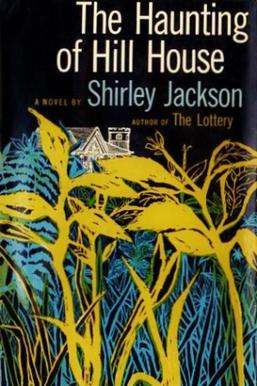
The Haunting of Hill House is a 1959 gothic horror novel by American author Shirley Jackson. It was a finalist for the National Book Award and has been made into two feature films, a play, and is the basis of a Netflix series.
Haunted or The Haunted may refer to:

"The Haunter of the Dark" is a horror short story by American author H. P. Lovecraft, written between 5–9 November 1935 and published in the December 1936 edition of Weird Tales. It was the last written of the author's known stories and is part of the Cthulhu Mythos. The epigraph to the story is the second stanza of Lovecraft's 1917 poem "Nemesis".
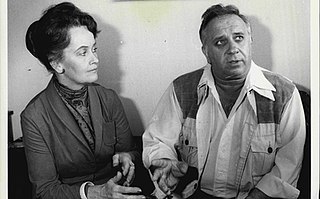
Edward Warren Miney and Lorraine Rita Warren were American paranormal investigators and authors associated with prominent cases of alleged hauntings. Edward was a self-taught and self-professed demonologist, author, and lecturer. Lorraine professed to be clairvoyant and a light trance medium who worked closely with her husband.

Occult detective fiction is a subgenre of detective fiction that combines the tropes of the main genre with those of supernatural, fantasy and/or horror fiction. Unlike the traditional detective who investigates murder and other common crimes, the occult detective is employed in cases involving ghosts, demons, curses, magic, vampires, undead, monsters and other supernatural elements. Some occult detectives are portrayed as being psychic or in possession of other paranormal or magical powers.
John Fenwick Anderson Blackburn was a British novelist who wrote thrillers, and horror novels. Blackburn was described as "today's Master of Horror" by The Times Literary Supplement.
Gerald "Jerry" Neal Williamson was an American horror writer and editor known under the name J. N. Williamson. Born in Indianapolis, Indiana he graduated from Shortridge High School. He studied journalism at Butler University. He published his first novel in 1979 and went on to publish more than 40 novels and 150 short stories. In 2003 he received a lifetime achievement award from the Horror Writers of America. He edited the critically acclaimed How to Write Tales of Horror, Fantasy & Science Fiction (1987) which covered the themes of such writing and cited the works of such writers as Robert Bloch, Lee Prosser, Richard Matheson, Ray Bradbury, H. P. Lovecraft, August Derleth, William F. Nolan, and Stephen King. Many important writers in the genre contributed to the book. Williamson edited the popular anthology series, Masques. Some of his novels include The Ritual (1979), Playmates (1982), Noonspell (1991), The Haunt (1999), among others.

The Survivor is a 1981 Australian supernatural horror film directed by David Hemmings and starring Robert Powell, Jenny Agutter, and Joseph Cotten. The film follows an airline pilot who, after surviving a mysterious crash that killed all of his passengers, is contacted by a clairvoyant who claims to be in contact with the victims. It is based on the 1976 novel of the same name by James Herbert. The film marked Cotten's final feature film appearance.
A ghosthunter is a person who engages in ghost hunting, the process of investigating locations that are allegedly haunted.
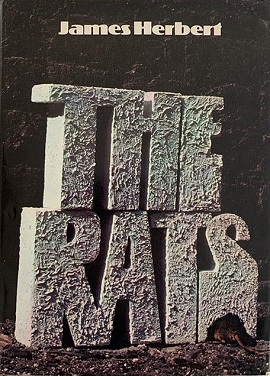
The Rats (1974) is a horror novel by British writer James Herbert. This was Herbert's first novel and included graphic depictions of death and mutilation.
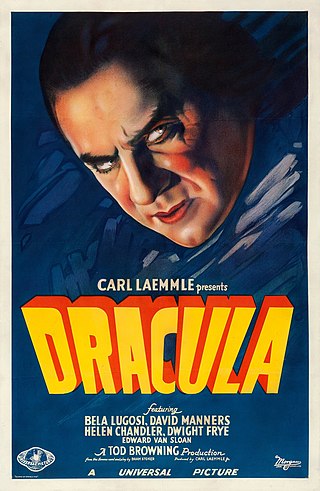
Supernatural horror film is a film genre that combines aspects of supernatural film and horror film. Supernatural occurrences in such films often include ghosts and demons, and many supernatural horror films have elements of religion. Common themes in the genre are the afterlife, the Devil, and demonic possession. Not all supernatural horror films focus on religion, and they can have "more vivid and gruesome violence".
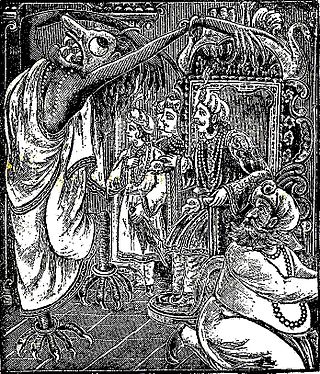
Ghosts are an important and integral part of the folklore of the socio-cultural fabric of the geographical and ethno-linguistic region of Bengal which presently consists of Bangladesh and the Indian states of West Bengal and Tripura. Bengali folktales and Bengali cultural identity are intertwined in such a way that ghosts depicted reflect the culture it sets in. Fairy tales, both old and new, often use the concept of ghosts. References to ghosts are often found in modern-day Bengali literature, cinema, radio and television media. There are also alleged haunted sites in the region. The common word for ghosts in Bengali is bhoot or bhut. This word has an alternative meaning: 'past' in Bengali. Also, the word Pret is used in Bengali to mean ghost. In Bengal, ghosts are believed to be the unsatisfied spirits of human beings who cannot find peace after death or the souls of people who died in unnatural or abnormal circumstances like murders, suicides or accidents. Non-human animals can also turn into ghosts after their death. But they are often associated with good luck and wealth in Bangladesh.















